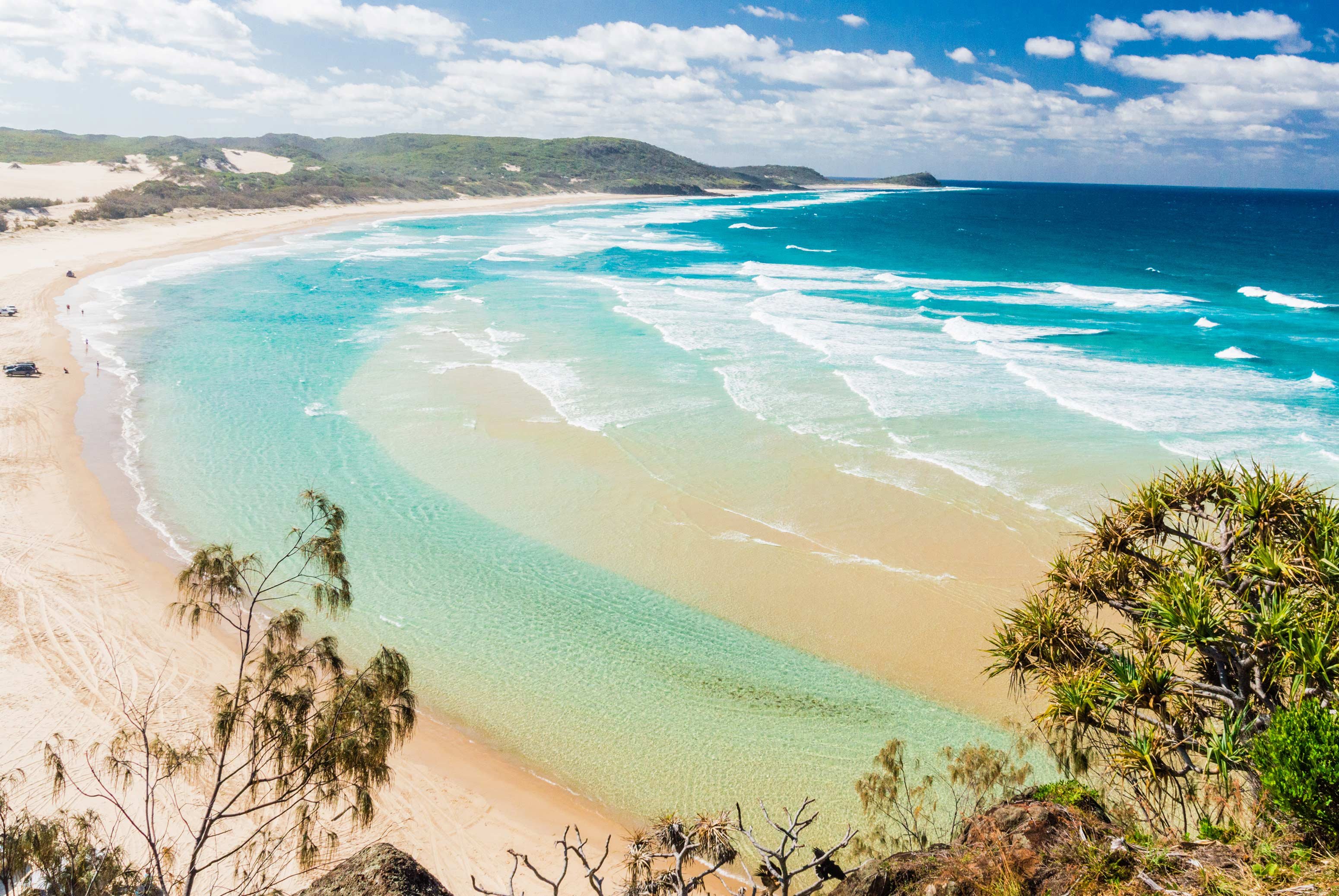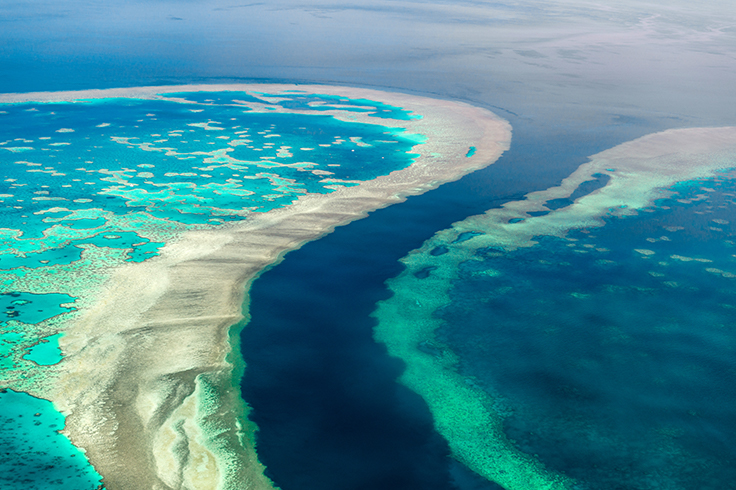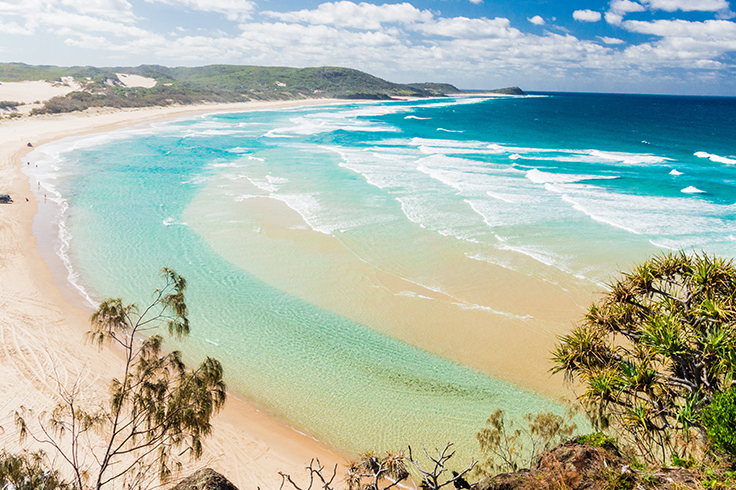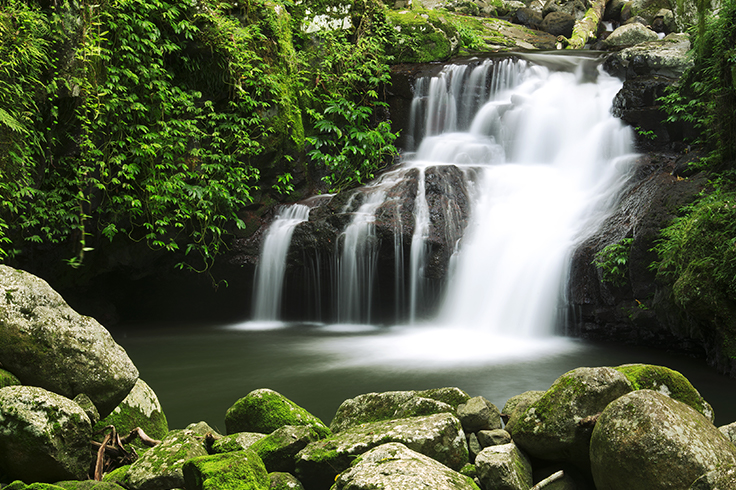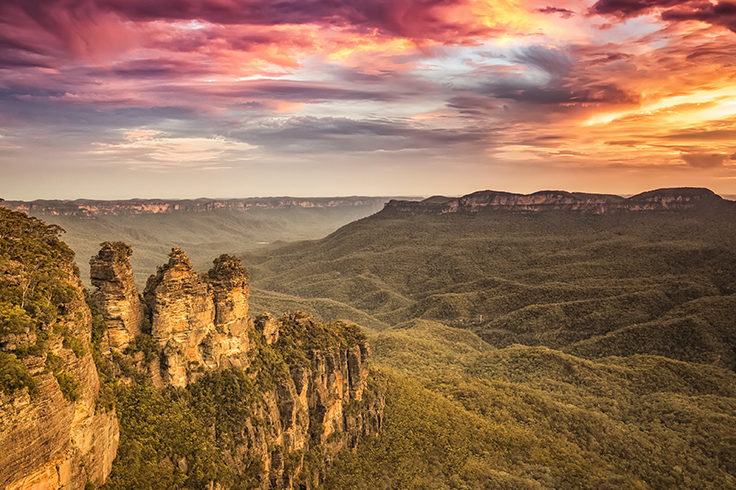Top 6 UNESCO world heritage sites in Australia
The most Australian road trip: East Coast UNESCO Natural World Heritage Sites
Australia is a pretty spectacular destination, said everyone in the world, ever. Not just everyday travellers, but also UNESCO, as they have recognised 20 places across Australia as World Heritage Sites. (Only 15 countries in the world have 20+).
To be included on the UNESCO World Heritage List, a site must be of outstanding universal value. Not outstanding world, the whole UNIVERSE! That’s how remarkable a place has to be. And Australia has 20 of them! Sites must also tick one of series of criteria, which can refer to cultural traditions, ancient geology, or incredible natural habitats.
Maybe we’re geeky, maybe we’re cool, but we like to visit UNESCO sites on our travels. So, we put together a list of the best natural World Heritage destinations on Australia’s East Coast. Not intended as a standalone itinerary, our geological and biological know-how complements the more standard attractions you’ll be exploring on your travels. Come along for this outstanding, ancient, natural, and distinctly Australian ride!
The Great Barrier Reef
Our explorations start at our JUCY Cairns branch with Australia’s most famous UNESCO site – the Great Barrier Reef! A visit on the Great Barrier Reef, the world’s largest coral reef, gives you a glimpse of the diversity found here. Over 400 coral species call the reefs home, along with 1,500 species of fish, and molluscs in the thousands. While it’s well known that the Great Barrier Reef can be seen from space, did you know that it’s the world’s largest structure made of purely living things? You do now! At 348,000 square kilometres, extending down 2,000km of Queensland’s coast, this is one of the more complex natural ecosystems you can visit. And we think that’s pretty cool.
You have a few ways to explore the Great Barrier Reef. Do you want to swim, snorkel, dive, sail, kayak, or fly over it?
If you want to dive straight in (literally), Green Island is only 45 minutes from Cairns. Alternatively, a full-day cruise or dive cruise gives you more time exploring this underwater playground. Excitement levels are high when you observe such a variety of colourful fish and vibrant coral. It’s like an aquarium exploded, and you’re watching the fish enjoy their freedom. If you’re lucky, you’ll also clock some of the six marine turtle species (out of seven) that call the Great Barrier Reef home. There are also 30 species of whale and dolphins calling the reef their sanctuary, as too are the endangered dugong.
If you want to start heading south, our pick for the most mesmerising stretch of the Great Barrier Reef is at the Whitsundays. Explore from the majorly chill vibes at Airlie Beach where you can catch a reef cruise of epic proportions. For a splurge, book a magical seaplane ride over Heart Reef.
The Wet Tropics
Before heading to Airlie Beach or Fraser island, a quick detour to the Wet Tropics is in order (that’s a joke, Australia is vast, so few deviations are quick!). A natural UNESCO World Heritage Site, the Wet Tropics is the rainforest found north of Cairns. It’s the incredible biodiversity found within the Wet Tropics that netted this recognition in 1988.
Over 85 species in this 450-km-long park are exclusive to the Queensland rainforest, one of the world’s oldest. Almost like a one-stop-shop, one-third of Australia’s mammal species are found in the park, with 12 found only in the Wet Tropics. This includes green possums, melomys, rat-kangaroos, and more.
The legendary Daintree Rainforest is within the Wet Tropics jurisdiction, as is the Cape Tribulation Rainforest. With over 6,000 species to observe, discovering flora and fauna is a highlight. Whether you’re spotting it on a hike, horse ride, cruise, zip-line or night walk is up to you.
We also rate the cooler climes of the fertile Atherton Tablelands. Particularly as it’s cheese central, thanks to the 100-year+ history of dairy farming here. Kayaking Lake Barrine is fun, as is hiking the trails on the Misty Mountains and exploring the Crystal Caves.
If you don’t want to venture north of Cairns, a stop at Mission Beach, two hours south, is recommended. Still within the Wet Tropics, the draw here is to visit the habitat of the Southern Cassowary. Often spotted wandering the fields, paddocks, gardens, and resorts of Mission Beach, this endangered and potentially dangerous bird is Australia’s largest land animal. The heaviest is said to have weighed in at 94.5kg, and they can stand close to 2m tall. You can perhaps understand, therefore, how they can be deadly, especially as they are armed with a dagger-like talon on their middle toe. The stuff of nightmares, unless you follow standard cassowary safety advice. Also recommended!
Fraser Island
It should come as no surprise that the world’s largest sand island has merited UNESCO status for its natural beauty. Fraser Island's exquisite white sandy beach and aquamarine waters offer an almost exact match between brochure and reality. We think it’s hard to take a bad picture here, TBH.
Fraser Island, also known as K’Gari, has a unique ability to cultivate abundant plant life. This is said to be due to fungi that nourishes the flora sprouting out of the sand. Add to this shifting sand dunes, an untamed rainforest, and crystalline freshwater lakes, and it’s a terrain like no other. And it’s old – like 750,000 years old. Will you ever complain about another birthday swinging around again?
Fraser Island’s size surprises some: it’s 123 kilometres long. To get there, hop aboard the Manta Ray Barge to reach Fraser Island; it’s only a ten-minute journey. We recommend you stay at the Kingfisher Bay Resort as a base, as the rest of the island is 4WD access only.
Your Fraser Island to-do list could include a ranger-led off-roading adventure or float down Eli Creek. Or why not swim at Champagne Pools or wait patiently to hag with any wildlife that crosses your path. As expected, there is excitement in seeing the swamp wallabies, echidnas, sugar gliders and 350+ bird species that reside here. But, it’s the dingoes that are the most memorable. These wild canines – the purest in Eastern Australia – may look like the kind of pooch you’d like to pet outside a coffee shop. However, they are feral and can get seriously bitey if they feel threatened. It’s against the law to feed or distract the dingoes, a measure designed to keep visitors safe as well as their habits and habitat, too. This is a helpful dingo safety guide.
Gondwana Rainforest
If the name Gondwana sounds familiar, you can thank your high school geography teacher, as it was a super-continent that broke up 180 million years ago. Unlike the Spice Girls and NSYNC, however, there’s been no comeback tour. Gondwana split permanently into Africa, Australia, Antarctica, and the Indian Subcontinent.
The Gondwana of today is formed by several areas combined and UNESCO-recognised for its high conservation value. It’s found straddling northern NSW and Southern Queensland, with 50 regions making up the total Gondwana area. The Gondwana Rainforests is the largest subtropical rainforest in the world with over 270 threatened species finding sanctuary there. Including some that date back 100,000 years!
As it’s spread out (erm yeah, 366,500 hectares is big), a Google search doesn’t narrow down where to go. But we know! (Sssh, don’t tell everyone.)
An exploration through any of the Gondwana Rainforests is a step back in time. Like, way back. Our fave park on the QLD side is Springbrook National Park, thanks to its cascading waterfalls, rumbling creeks, and outstanding flora and fauna. Explore the park by day, taking in the impressive Purlingbrook Falls and Twin Falls Circuit. Bring a torch though, and make your way to Natural Bridge by sunset. Here, glowworms sparkle like a gown at the Oscars, especially if you’re visiting December to March when there’s higher rainfall. If you’re camping on your JUCY roadie, book a campsite within the park for maximum time In this ancient utopia.
If you’d prefer to drive a little further before taking in one of Gondwana’s 50 sites, Dorrigo National Park has a (very solid) 70m long, 21m high boardwalk-in-the-sky, It’s perfect for observing the abundant wildlife of the feathery kind. The views over the Rosewood rainforest basin are epic, too. If you’d like to explore with the tree roots, not treetops, the Crystal Shower Falls is cool. Literally, as you can walk behind them and receive a light misting. If you take the Dorrigo National Park loop trail, you’ll also pass the cascading Danger Falls. Dorrigo is an hour from Coffs Harbour, so it’s easily accessible as a day trip from there.
Finally, the Antarctica Beech Forest walking track in Barrington Tops is also a top spot for a short walk (1.5 hours). The Gondwana Rainforests hold most of the world’s Antarctica Beech cool temperate forest and this trail reveals this ancient and significant flora.
The Greater Blue Mountains
The sandstone tablelands, deep gorges, and the The Jenolan Cavesworld’s largest collection of eucalypt tree species scored the Greater Blue Mountains a spot on the UNESCO natural World Heritage list in 2007.
While Katoomba and the Blue Mountains National Park may get the lion’s share of visitors, the UNESCO region is more than this. It’s made up of eight protected areas, hence the ‘greater’ label. The evolution of the plant life within the Greater Blue Mountains is particularly lauded.
The region, sprawled over one million hectares combined, provides a haven for 400 species of vertebrae animals and 265 birds. This includes the endangered tiger quoll and yellow-bellied glider. With so many eucalypts to chew on, your chances of spotting a koala are high.
For those without a car, a day trip to the rocky outcrops of the Three Sisters and Skyway gondola ride is the most seen of the Greater Blue Mountains. With wheels, however, you can take in the sandstone plateau across as many of the eight protected areas as you like. Our fave picks include the ancient caves within the Jenolan Karst Conservation Reserve and the sheer drops found from the lookouts at Kananga-Boyd National Park.
The Jenolan Caves, an hour from Katoomba, are the oldest open caves in the world. In the manner of respecting your elders, at 340 million years old, the Jenolan Caves are worthy of your time. Multi-level passages run through the caves for over 40km, including awe-inspiring chambers with ceilings as high as 50m. There are also bushwalks around the caves, adventure caving tours, and night ghost tours (boo!) if you’re looking to mix-and-match your adventures here.
The Kanangra Walls are the main attraction at the Kanangra-Boyd National Park. The impressive valleys, sheer cliff walls, and blue haze create an otherworldly scene. It’s a challenge not to feel insignificant as you absorb the views, and it’s a place for silent contemplation. Take in the vistas on a short walk (like Lookout Walk or Waterfall Walk) or on the moderate 2-hour Plateau Walk, with optional sidetracks. When driving towards the Plateau Walk, take it easy. The potholes for the last 30km will slow you down.
Bonus: Budj Bim National Park
Australia’s newest addition to the UNESCO World Heritage list is the Budj Bim Cultural Landscape, added in July 2019. Though it doesn’t fit into our ‘natural UNESCO’ theme, it seemed remiss to exclude it. Particularly if you’re exploring the Great Ocean Road or dropping off your JUCY vehicle at either of our Melbourne branches.
Recognised for its Aboriginal cultural significance, Budj Bim (also known as Mt Eccles) includes the dormant 30,000-year-old volcano and 6,600-year-old aquaculture systems. Developed to catch eel by the Gunditjmara people, the Gunditjmara community run this park, alongside the state government.
As Budj Bim is not high on visitor’s wishlists, the chances of spending the time by yourself are high. This also means that the infrastructure is not as sophisticated as other parks in Australia. We think it’s a reasonable trade-off for the serenity found here. Hike the trail to the lookout over the lake or walk the lake circuit. The lava cave is also a worthwhile addition to your day trip.
We’d love to hear of your experiences at any of these sites. Tag us #jucyworld to share!
